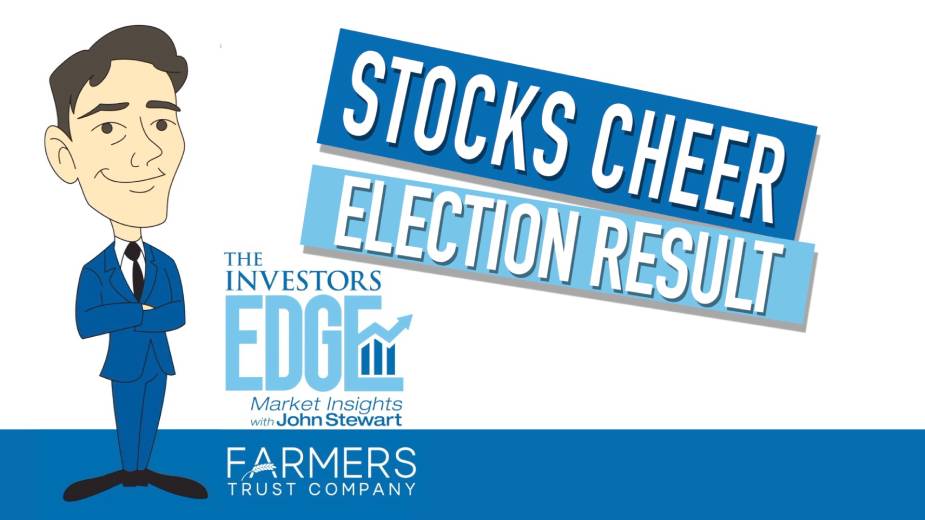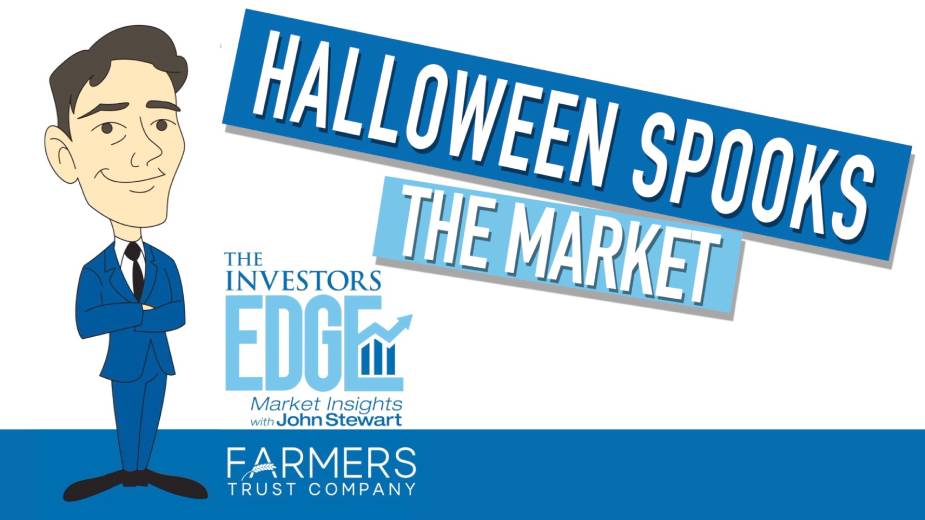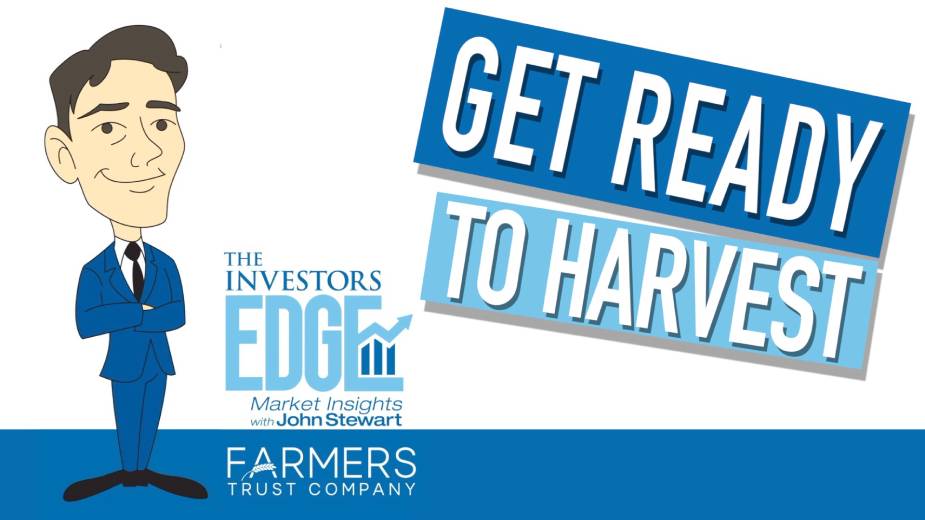Silicon Valley Bank Breaks | The Investors Edge
By John Stewart, chief investment officer at Farmers Trust Co.
Week in Review: Silicon Valley Bank Breaks
If you haven’t been paying much attention to the news over the past week, we just had the second largest bank failure in U.S. history with the insolvency of Silicon Valley Bank – followed by a similar situation with the not insignificant Signature Bank of New York, which also has substantial Silicon Valley exposure.
What occurred was a perfect storm of weakening technology business trends, especially among start-up venture capital firms, rising interest rates due to the Fed tightening monetary policy, and bad management of the bank’s matching the duration of assets and liabilities that was laid bare when depositors began pulling out their funds, sparking a panic run on the bank.
While it is likely this episode will have further repercussions across markets in the coming weeks, let me be clear, this is NOT likely to lead to massive bank failures across the rest of the financial sector.
Silicon Valley and Signature were unique situations that had very narrow exposure to start-up technology firms and cryptocurrencies. The majority of the banking industry is very well capitalized and well-diversified.
The government since stepped in and guaranteed not only the deposits of Silicon Valley and Signature banks, but of ALL U.S. banking institutions. I’m not even sure they had the legal authority to do that, but it should certainly ensure we avoid any more bank runs anytime soon.
Featured Insight: The Biggest Risk May Be Avoiding It
It is important to learn, both in investing and in life, that risk cannot be entirely avoided
Every time you leave your house you take some kind of risk, but staying in has plenty of risks too – everyone needs fresh air and sunlight, right?
It works much the same way in the financial markets – most people assume that sitting in cash means taking no risk, but we’ve all recently learned how sitting in cash can erode your purchasing power by inflation. This is especially true over long periods of time.
Every investment choice has some type of risk associated with it, including making no choice at all – the key is to design a portfolio such that your investments offset each other’s unique risks in order to produce a desired result over time.
Looking Ahead: Yet Another Fed Meeting
If you’re a regular viewer, you know that I often talk about the Fed – what they did, and what they’re likely going to do. The reason is that, for better or worse, they’ve become a key driver of financial markets.
Before the Silicon Valley bank debacle, there was about a 70% chance the Fed would hike rates by half of one percent at their upcoming meeting next week with a 30% chance of just a quarter-point hike.
As of now, the markets are pricing in a 70% chance of a quarter point hike with a 30% chance of no hike at all.
The markets would likely cheer the Fed leaving rates alone, at least in the short run. The fear may then turn to whether or not our inflation problem has truly been brought to heel.
In all likelihood, we’ll get another quarter-point increase along with some softer language regarding the potential for future increases. Stocks may ultimately rally if the Fed can successfully thread this needle.
Copyright 2024 The Business Journal, Youngstown, Ohio.


